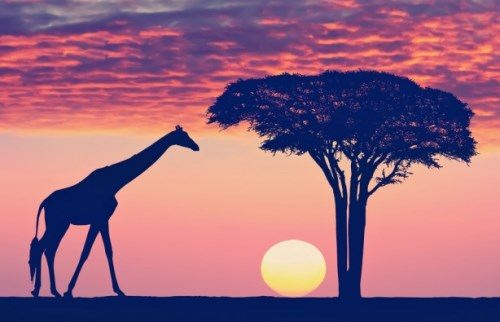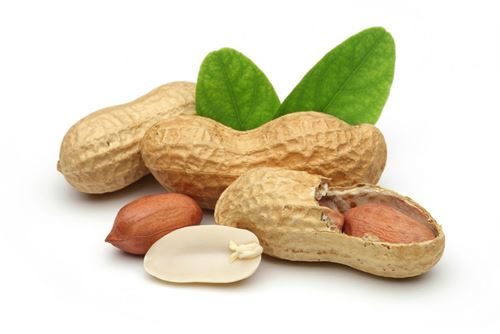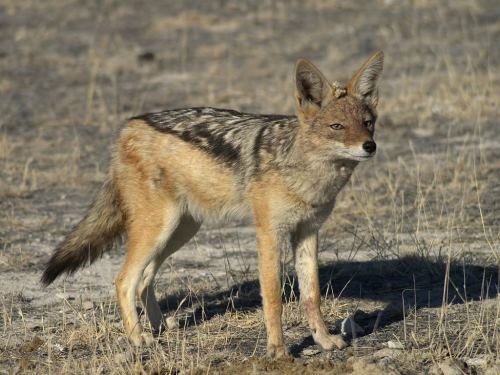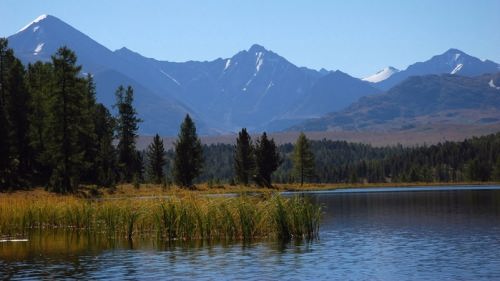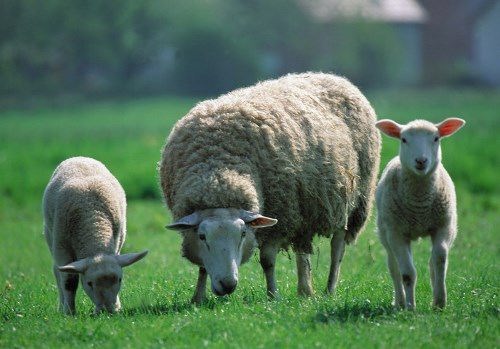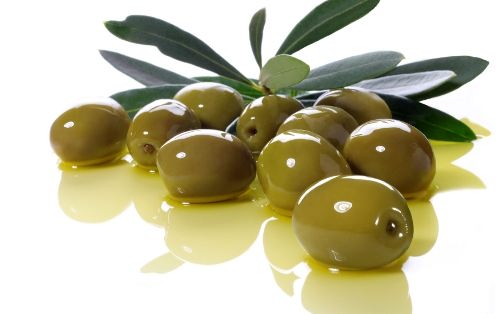Tanzania – Land of Natural Wonders
Tanzania shares borders with Kenya, Uganda, Rwanda, Burundi, the Democratic Republic of the Congo, Zambia, Malawi, and Mozambique. Its area is 945,087 square kilometers. The official name is the United Republic of Tanzania.
Tanzania is known for its stunning natural features. It has the tallest African peak, Mount Kilimanjaro, and the world’s largest volcano crater, Ngorongoro Crater. Along Tanzania’s borders are three large lakes: Lake Nyasa, Lake Tanganyika, and Lake Victoria. Lake Victoria is the world’s second largest freshwater lake, after Lake Superior in North America.
There are several national parks to protect the country’s animals. The Serengeti National Park is the most famous. The name Serengeti comes from a Masai word that means “endless plains”.
More »
